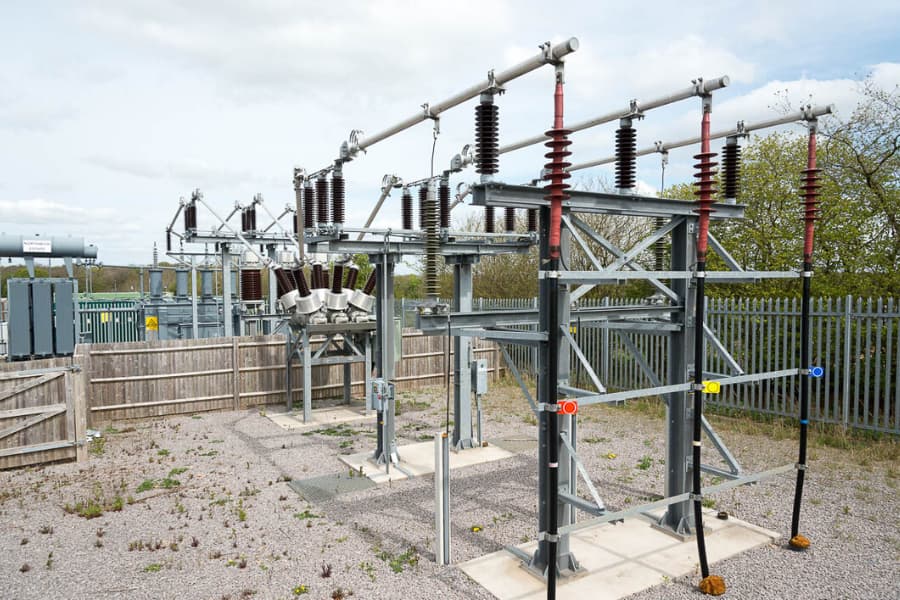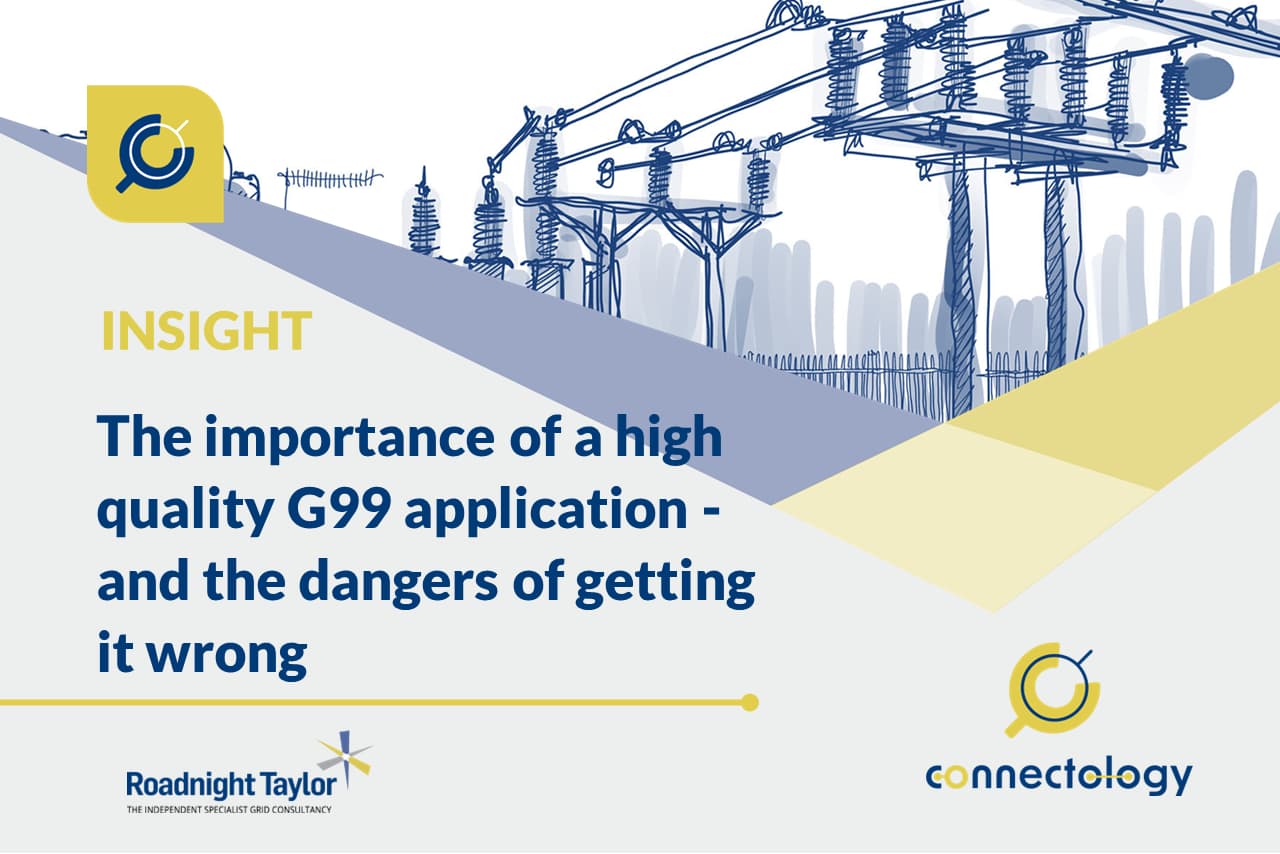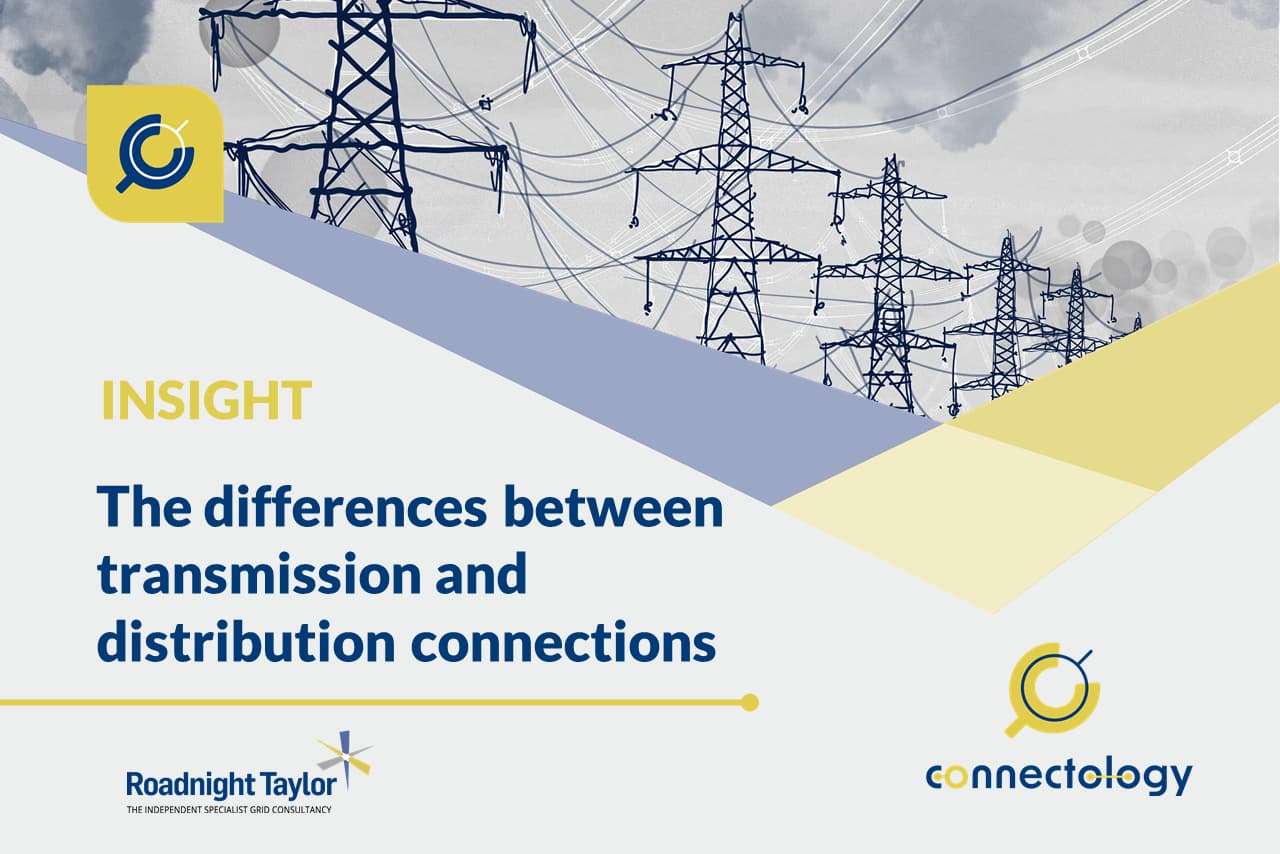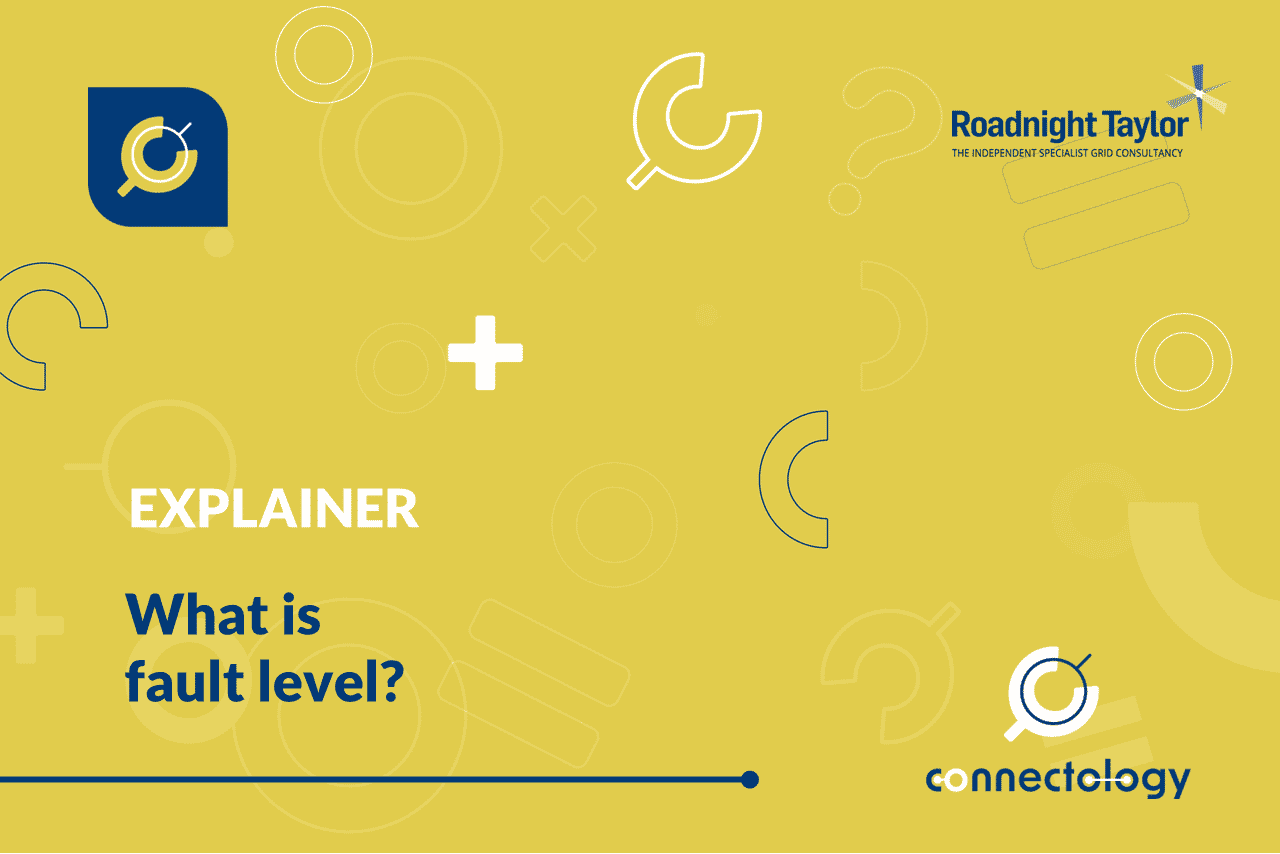G99 applications and compliance – the what, the why and the how
This article as updated on 27 July 2022.
It’s just over three years since the Engineering Recommendation G99 came into force on 27 April 2019. This resulted in any new power generation or storage plant being connected to the UK electricity network (and in some cases modifications to existing plant) having to be designed and compliant with the new recommendation. We look at why G99 was needed and what these more complex requirements mean for projects.
The shift to distributed generation
Twenty years ago, electricity distribution was straightforward. In simple terms, there were large coal, gas or nuclear power stations generating power which flowed through National Grid’s transmission network and into the distribution networks – and then used in homes, offices and factories.
Over the last twelve plus years, the major shift towards lower carbon solutions, renewables and energy storage has placed far more generation at the distribution network level (most often termed ‘distributed’ or ‘embedded’ generation). But this poses challenges for the network operators who need to ensure these distributed generators provide system benefits and will stay connected safely, whilst supporting the energy system.
Network connection codes
The European Network of Transmission System Operators for Electricity (ENTSO-E) represents the electricity transmission system operators (TSOs) from countries across Europe. They have a wide legislative remit to support the optimal functioning of the EU energy market and the transmission network. This includes responsibility for developing EU-wide network codes for any grid connections.
Meanwhile, the the UK and Ireland, the Energy Networks Association (ENA) represents the gas and electricity transmission and Distribution Network Operators (DNOs) and writes the engineering recommendations that these network operators must follow.
ENTSO-E established a need to harmonise the rules for grid connection for distributed generation to make a clear legal framework for grid connections, to safeguard system security, to ensure the safe integration of renewable electricity sources, and to create a more efficient network for the benefit of consumers. As a result, they updated their network code for grid connection of generators. It is a legally binding document for all members.
To comply with ENTSO-E’s new legislation, the ENA updated their existing engineering recommendations dealing with the connection of generators (EREC G59 and G83). So, from 27 April 2019, “ENA Engineering Recommendation G99: Requirements for the connection of generation equipment in parallel with public distribution networks on or after 27 April 2019” (or G99 for short) and EREC G98 – came into force. G98 and G99 became law in Great Britain.
Whilst the UK is not currently part of ENTSO-E, the same G99 standards remain and the UK and EU have agreed to work together to develop a new framework to ensure co-operation on matters such as security of supply and development of new networks. But, they have not yet decided what form this will take.
What projects does G99 apply to?
Any power generation or storage plant being connected to the network, whether in front or behind the meter, on or after 27 April 2019, must comply with G98 or G99 and follow the new connection application process.
It’s important to note that schemes connected before 27 April 2019 under G83 or G59, but which are now undergoing a material change such as a new transformer, alternator or inverter may also need to comply with G98 or 99.
G98 is focussed on smaller generation capacities (up to and including 16 A per phase) such as roof-top solar on domestic houses or small offices or shops.
G99 covers all other generation – and is the area in which Roadnight Taylor specialise. There are different compliance requirements depending on the size of the generation and if it’s connected at low or high voltage.
- Type A: 0.8 kW or above but less than 1 MW and connected below 110 kV
- Type B: 1 MW or above but less than 10 MW and connected below 110 kV
- Type C: 10 MW or above but less than 50 MW and connected below 110 kV
- Type D: 50 MW or above connected at or greater than 110 kV
How does G99 now affect energy projects?
Anyone who wants a network connection that fits into Type A, B C or D above must fill in a G99 Standard Application Form (SAF)– or get an expert, such as Roadnight Taylor, to do it for them – as the first stage in creating a G99 compliant project. As must anyone making a material change to a site commissioned before G99 was introduced.
G99 has far more requirements than G59, making the application stage more complex. Deep technical knowledge of the compliance requirements, and the proposed connection’s technical design, is therefore essential.
It’s crucial that you put in a good quality G99 application. A technically competent application should lead to a formal offer, but the wrong information could delay the process. Worse still if the offer is based on poor or incorrect application information, it could affect the viability of the project. For example, when you put in an application, it’s important to make sure the design is appropriate, the export capacity and import capacity are right and fault level contributions you declare are correct – otherwise your ability to develop the project could be limited.
While a lot of information is needed at the G99 application stage, a DNO can ask for more information at a later stage in the project and before it is commissioned. Any equipment bought for a project must be G99 approved, and further on-site testing may be required to demonstrate that the plant and overall site design is compliant once it is commissioned.
Getting the application right first time is paramount. Roadnight Taylor often sees the results of poorly produced G99 applications made by third parties. Some would require significant modifications, but with such amendments being deemed “material changes” by the Network Operator, they are not allowed. Others will result in a developer having significantly reduced electrical export. Similarly, we occasionally see others’ G99 applications which are overly conservative and would necessitate significant network reinforcement, causing a scheme to receive an unviable offer.
How we’re helping
As the G99 requirements are more complex than were G59, applications must be designed and drawn up by electrical specialists. Roadnight Taylor understands all the requirements of all the stages of G99.
We design bespoke G99 applications, tailored to each network connection, and we provide advice on the options for G99 compliance. We advise on plant design and create compliant connection applications – based on your preferred technology or equipment – that the DNOs will accept at the first time of asking.
Once you have received a connection offer, we can support you in the later stages of the project, and ultimately help you design and deliver an effective G99 compliant scheme.





